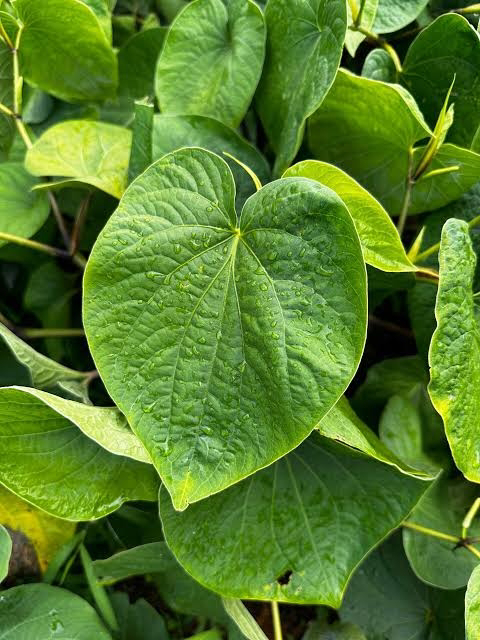1. Pacific Paradise: Kava (Piper methysticum) originates in the lush Pacific Islands, with Vanuatu often credited as its birthplace .
2. Sterile Spread: Surprisingly, kava plants are infertile! They cannot reproduce naturally through seeds. Farmers propagate new plants by taking stem cuttings.
3. Patience is a Virtue: Growing kava takes time. The plant matures after four years, and only then does the root possess the beneficial kavalactones.
4. Peppery Past: Kava belongs to the Piperaceae family, the same family as black pepper. While the roots are used for kava, the peppercorn fruit comes from other Piper species .
5. Social Sipping: In Pacific Island cultures, kava is a ceremonial beverage. The ground or pounded root is mixed with water and strained, creating a social drink traditionally consumed during gatherings and ceremonies .
6. Relaxation Station: Kavalactones, the active compounds in kava, are believed to be responsible for its calming and relaxing effects. In small doses, kava can induce feelings of well-being and muscle relaxation .
7. Modern Medicine: Studies suggest kava may be useful for short-term anxiety relief. However, more research is needed to fully understand its effectiveness .
8. Safety First: While kava holds promise, it's crucial to be cautious. Long-term use or high doses can lead to liver damage and other health problems. Consulting a healthcare professional before using kava is essential.
9. Eco-Balance:Traditionally, kava cultivation is integrated with the rainforest ecosystem. It can grow under the shade of taller trees, but deforestation for large-scale production is a concern .
10. Future Focus: Kava represents a unique bridge between cultural tradition and potential health benefits. Sustainable practices and continued research are key to unlocking its full potential while preserving its cultural significance [8].


